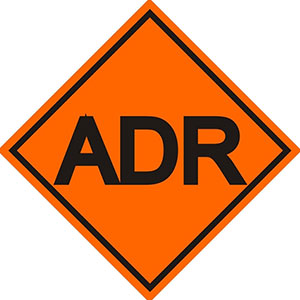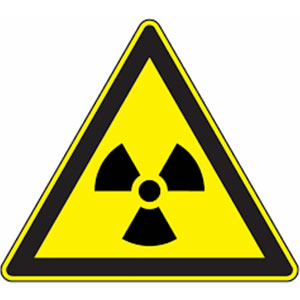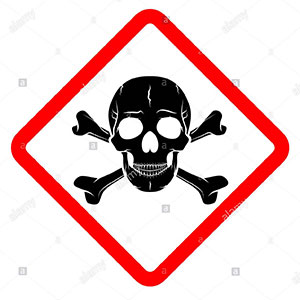TRANSPORT OF DANGEROUS MATERIALS
The transportation of dangerous goods is a specific transport subject to extremely strict regulations.
In order to avoid damage, those involved in the logistics of dangerous goods (shipper, packer, loader, carrier, etc.) must take special measures and comply with the prescribed rules:
- The consignor must ensure that the goods are graded and authorized for transport.
- The carrier must particularly check that the goods are authorized for transport and that his vehicle is equipped for ADR transport (Agreement concerning the International Carriage of Dangerous Goods by Road).
-
The shipper must verify that the packaging is in adequate and ensure that the vehicle is in decent conditions. The packaging and labelling rules must be verified on the packages and the ADR driver's clearance.
DEFINITION OF ADR
By their physical or chemical properties, hazardous materials are substances that are dangerous to humans and the environment. They are even more so when they are transported, because they can be flammable, toxic, explosive, corrosive or radioactive. This is why road transport is regulated by the ADR (Agreement concerning the International Carriage of Dangerous Goods by Road).
Drivet Transport International organise le transport de matières dangereuses avec différents acteurs majeurs de la chaîne du transport en fonction de votre demande et de vos besoins
Drivet Transport International collabore avec plusieurs transporteurs routiers desservant la France et l?Europe avec du personnel agrée ADR.
The road transport of dangerous goods is governed by the ADR code (Agreement concerning the International Carriage of Dangerous Goods by Road).
As for the international air transport of dangerous goods, it is regulated by IATA rules. Warning: Due to being extremely dangerous, certain goods are banned from being transported on board of an aircraft; others are only allowed on CARGO ships, but most of materials are accepted on a passenger aircraft as long as they comply with the IATA regulations. Specific packaging may be required for certain dangerous material products.
We also work with maritime carriers who regularly transport hazardous material products. Maritime transport is regulated by the International Maritime Organization (IMDG). We prioritize this mode of transport for international shipments with large volumes.
Pour le transport ferroviaire national et/ou international, le règlement concernant les marchandises dangereuses est dit le RID (Regulations concerning the International carriage of Dangerous goods by rail). Quant au transport fluvial, il est régi par l?ADN (Accord européen relatif au transport international des marchandises Dangereuses par voie de Navigation intérieure). Nous utilisons ces modes de transports pour des raisons écologiques ou par besoin de décongestionner des routes, des risques dramatiques y sont moins élevés qu’en cas de fuite de matières dangereuses sur le réseau routi
Our experts are specially trained and can assist you with logistics and transport of hazardous materials products.






